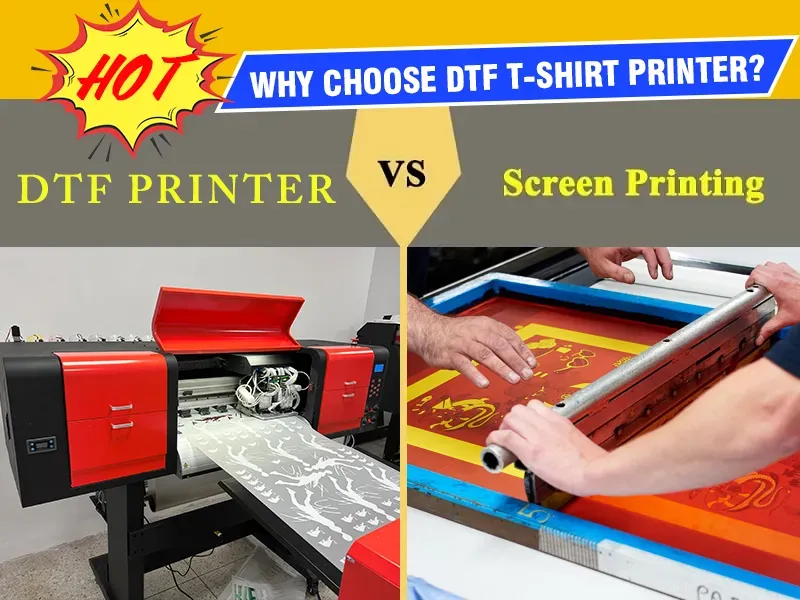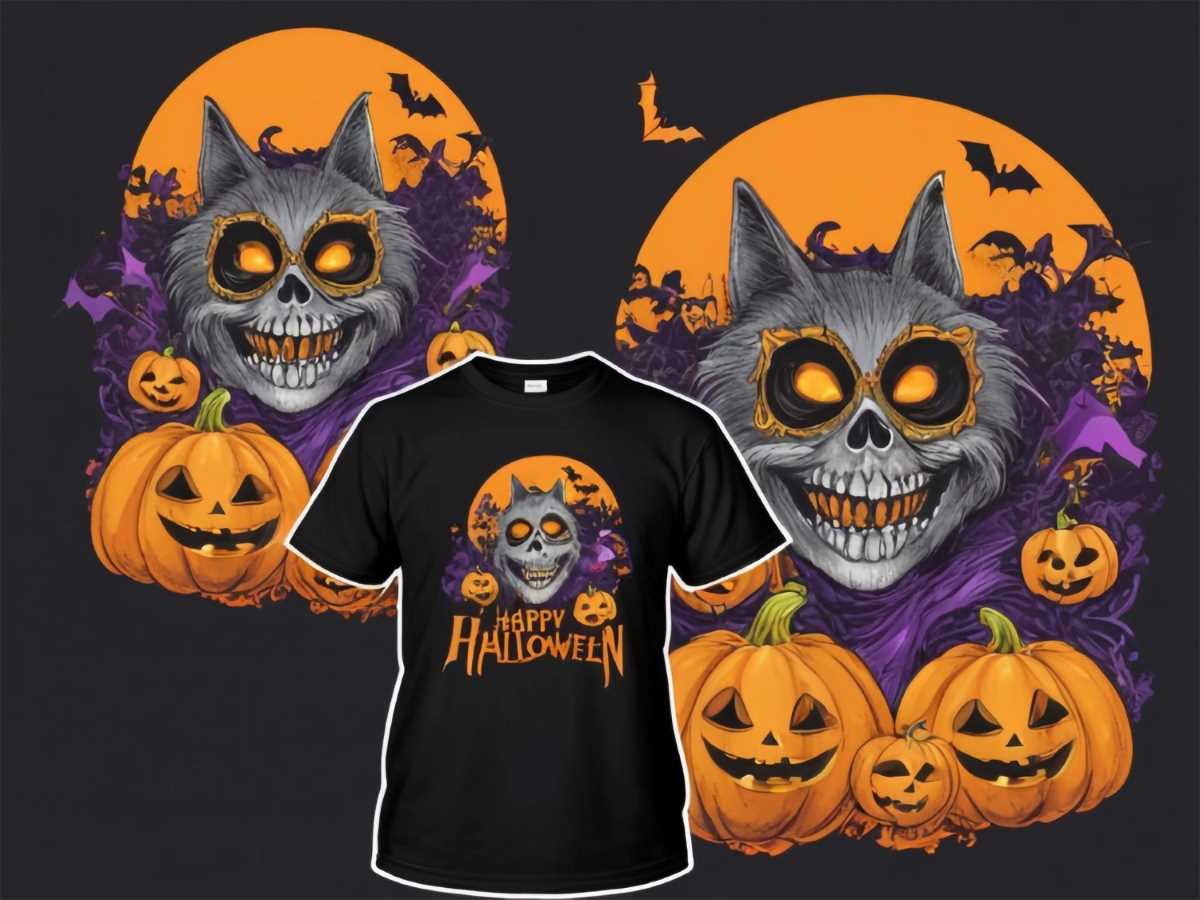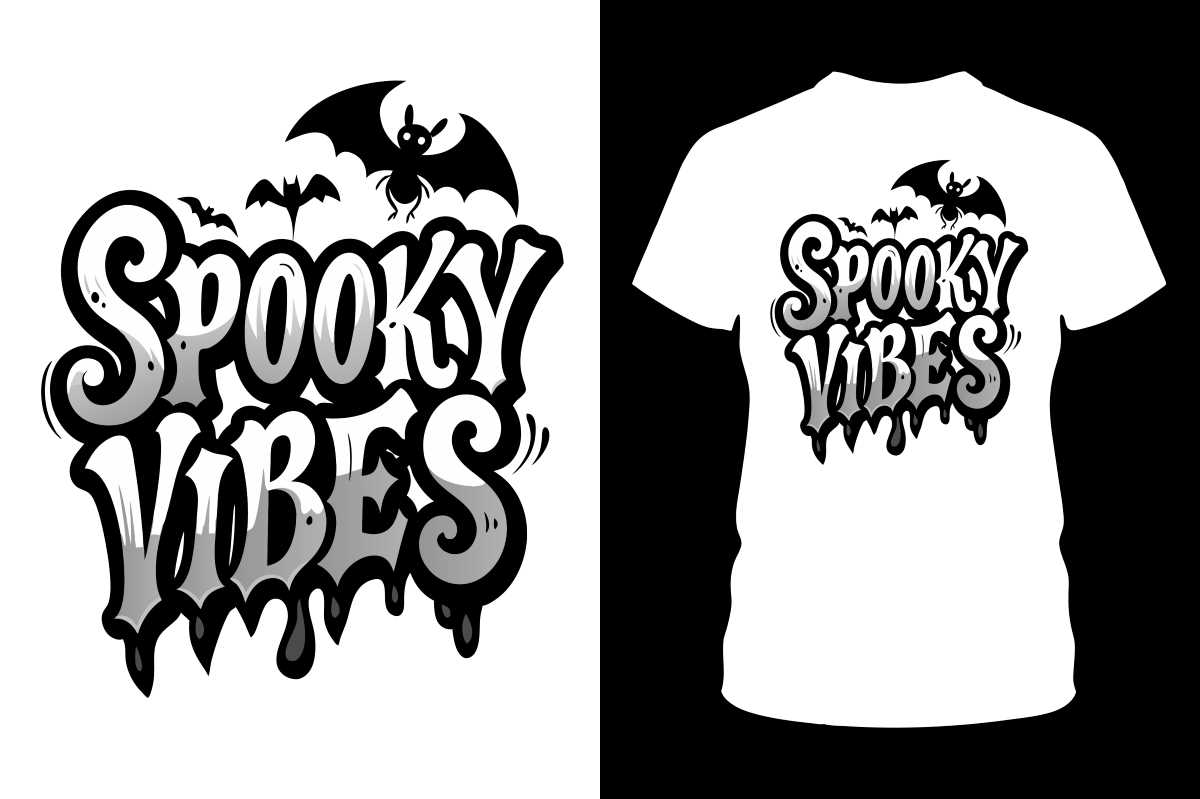In the vibrant world of custom apparel printing, understanding the nuances of DTF vs. Screen Printing is essential for any business looking to thrive. Both methods bring unique strengths to the table; while Direct to Film (DTF) printing is celebrated for its ability to create stunning, detailed designs with ease, Screen Printing remains a trusted technique known for its efficiency in producing bold, vivid graphics. Businesses must weigh the DTF printing advantages, such as flexibility with various fabrics and lower initial costs, against the screen printing benefits, which include durability and cost-effectiveness in larger runs. As you delve into the world of Direct to Film printing and explore the various screen printing techniques available, the insights garnered will help you identify the most suitable option for your operational needs. Choosing the right printing method can ultimately elevate your brand, streamline your production process, and enhance customer satisfaction.
When exploring the options for personalizing garments and other products, it’s crucial to compare the intricacies of digital print methods and traditional ink techniques. Terms like Direct to Film (DTF) printing and classic Screen Printing represent two distinct approaches that cater to different printing requirements. In the quest for the optimal solution for your custom design needs, understanding the diverse benefits of DTF versus the established advantages of screen printing can guide your decision-making process. As you consider factors such as print quality, durability, and cost effectiveness, you’ll want to analyze not only the immediate project requirements but also the long-term implications for your business strategy. By examining these printing alternatives, businesses can make well-informed choices that align with their artistic vision and market demands.
Understanding the Advantages of DTF Printing
Direct to Film (DTF) printing offers several compelling advantages that cater to the contemporary needs of custom apparel printing. One of the primary benefits is its versatility; DTF can be used on a variety of fabrics including cotton, polyester, and blends, providing businesses with more options for customization. This flexibility allows companies to expand their product lines seamlessly, thus attracting a broader customer base. Additionally, DTF prints tend to retain vibrancy and detail, even in intricate designs, making them ideal for niche markets that demand high-quality visuals.
Moreover, the process of DTF printing is relatively straightforward compared to traditional methods. Unlike Screen Printing, which requires the creation of separate screens for different colors, DTF uses a single film with all the necessary colors printed together. This not only reduces preparation time but also lowers the setup costs, making it an appealing choice for smaller businesses or those looking to introduce limited edition runs.
The Benefits of Screen Printing for Bulk Orders
Screen Printing is renowned for its efficiency and cost-effectiveness when it comes to bulk orders, highlighting its key benefits for businesses that need high-volume production. The ability to produce bright, bold designs with excellent opacity makes Screen Printing a standout option, especially for simple logos and graphics that involve solid colors. The setup, while time-intensive, pays off handsomely as the cost per item drops significantly during mass production, resulting in a highly economical solution for larger runs.
Furthermore, Screen Printing’s durability is an essential advantage that cannot be overlooked. The ink bonds deeply with fabric fibers, ensuring that prints can withstand numerous washes without fading or peeling, making it a safe bet for products that are intended for long-term use, such as uniforms and promotional items. This durability appeals to businesses aiming for quality and longevity in their branding efforts.
Comparing Print Quality: DTF vs. Screen Printing
When evaluating print quality, both DTF and Screen Printing have their strengths, offering different results based on design complexity and desired aesthetics. DTF printing truly shines in scenarios where intricate details and photographic images are paramount. Its high resolution capabilities allow for reproducing gradients and fine lines with remarkable clarity, making it the preferred choice for artistic designs and custom apparel that needs to stand out with vibrant colors.
Conversely, Screen Printing excels in producing high-quality prints for designs that utilize solid colors. The ink application in Screen Printing creates a robust finish, characterized by sharp edges and an impressive depth of color. For businesses focused on bulk merchandise with consistent quality, Screen Printing’s capability to deliver identical reproductions across multiple units ensures that every product meets the expected standard.
Cost Analysis: Which Method is More Economical?
Cost is one of the pivotal factors distinguishing DTF from Screen Printing. DTF can present higher upfront costs per unit, especially in short runs, due to the need for specialized transfer films and inks. However, the situation changes as the volume increases; businesses can benefit from reduced costs per print as the economies of scale come into play. Thus, for small businesses that frequently handle diverse custom orders, DTF can be advantageous despite initial costs.
On the other hand, Screen Printing often shines in bulk production settings. Although the upfront investment in screens and equipment can be significant, once set up, the cost per item significantly decreases. This makes Screen Printing an economically viable solution for businesses looking to produce large quantities of apparel quickly, where every unit savings can accumulate extensively.
Durability and Longevity in Custom Apparel Printing
Durability is a crucial aspect of both DTF and Screen Printing, particularly in the realm of custom apparel where repeat usage is expected. DTF prints are designed to be durable; however, they do require careful handling and proper curing processes to ensure they withstand washing and wear over time. Businesses must educate their customers on how to maintain DTF prints properly to maximize their lifespan.
In stark contrast, Screen Printing is widely recognized for producing highly durable prints that can hold up against repeated laundering, making it ideal for items that are routinely worn. The thickness of the ink used in Screen Printing contributes to its robustness, thus fostering customer loyalty by providing assurance that the product will maintain its aesthetic appeal even after countless wears and washes.
Environmental Considerations in DTF and Screen Printing
In today’s environmentally conscious market, understanding the environmental implications of printing methods is more important than ever. DTF printing often uses water-based inks, which poses a lower risk for environmental harm compared to some traditional inks. This eco-friendly approach can appeal to consumers looking for sustainable solutions, giving businesses that choose DTF printing a marketing edge in promoting their green practices.
Meanwhile, while Screen Printing has historically utilized plastisol inks that can have adverse environmental effects, many companies are now transitioning to water-based or eco-friendly inks. This shift demonstrates a growing awareness within the industry of sustainable practices, allowing businesses to cater to environmentally-minded consumers who prioritize responsible production in their purchasing decisions.
Frequently Asked Questions
What are the key DTF printing advantages compared to screen printing?
DTF printing advantages include the ability to easily print complex designs with fine details and vibrant colors on a variety of fabrics. Unlike screen printing, which requires separate screens for each color, DTF allows for quicker design changes and is more suitable for small batch custom apparel printing.
What are the primary screen printing benefits for businesses?
Screen printing benefits include its cost-effectiveness for large runs, as the cost per unit drops significantly with bulk orders. It also produces high-quality prints that are highly durable and ideal for items like sports jerseys where longevity is essential.
How does the print quality of DTF vs. screen printing differ?
In DTF vs. screen printing, DTF excels at high-resolution images and complex designs, making it perfect for intricate artwork. Screen printing, however, is superior for bold, solid color prints, ensuring sharpness and clarity on large orders.
Which printing method is more cost-effective for custom apparel printing, DTF or screen printing?
Cost-effectiveness in custom apparel printing varies: DTF printing has lower initial equipment costs but can be pricier per item for short runs. Conversely, screen printing has a higher initial setup cost but becomes much cheaper per unit for larger quantities.
How do DTF and screen printing compare in terms of durability and washability?
In durability, screen printing generally offers superior long-lasting prints, especially on thick fabrics, while DTF prints can also be durable if properly cured. For high-usage items, screen printing may be the better choice due to its resilience.
What environmental considerations should I keep in mind for DTF vs. screen printing?
DTF printing uses water-based inks, making it an eco-friendlier option compared to traditional screen printing methods that often utilize plastisol inks, which can have environmental impacts. Many screen printers are shifting towards more sustainable practices, further reducing their ecological footprint.
| Key Features | DTF Printing | Screen Printing |
|---|---|---|
| Description | Direct to Film printing utilizes PET film to transfer designs to textiles, allowing intricate detail and vibrant colors. | A classic method using a mesh screen to transfer ink, best for solid colors and larger orders. |
| Print Quality | Excels in vibrant colors and fine details, ideal for complex designs. | Produces high-quality prints for large batches with solid colors that are crisp and durable. |
| Cost Considerations | Lower equipment costs but higher costs per item for short runs; stabilizes for larger orders. | Higher initial setup costs with separate screens, but significantly lower per-unit costs for bulk orders. |
| Durability | Durable with proper curing but can vary. | Generally more durable, especially on thicker fabrics, ideal for high wear items. |
| Environmental Impact | Uses water-based inks, making it eco-friendlier. | Traditionally uses plastisol inks but is moving towards more eco-friendly options. |
| Best For | Businesses with intricate designs and smaller orders. | Bulk production with simpler designs, where cost efficiency is important. |
Summary
When deliberating between DTF vs. Screen Printing, it’s crucial to consider your specific business needs, design requirements, and production volume. DTF printing offers impressive detail and is well-suited for intricate designs and smaller batches, while screen printing shines in high-volume bulk production with solid colors, being cost-efficient for larger orders. Understanding these differences will equip entrepreneurs with the knowledge to choose the most effective printing method, ultimately enhancing both product quality and customer satisfaction in the competitive custom apparel market.



